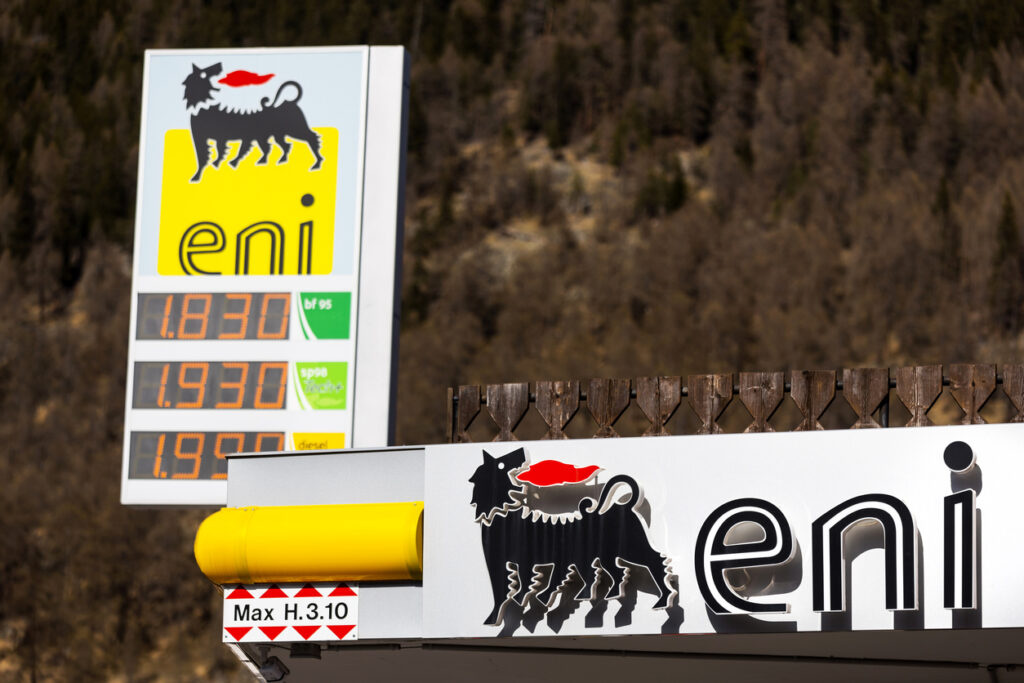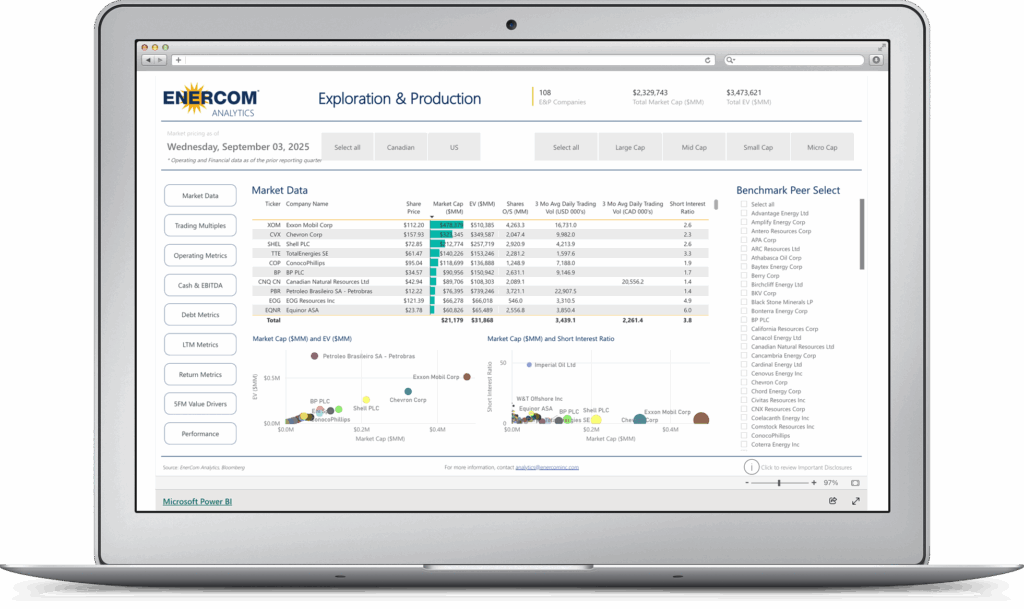(Oil Price)– Italy’s energy giant Eni (NYSE: E) raised its outlook on cash flow generation for 2025 and increased full-year planned buybacks by 20% after posting consensus-beating earnings for the third quarter.
Eni on Friday reported an adjusted net profit of $1.4 billion (1.2 billion euros) for the third quarter of the year, in one of the first quarterly releases from oil and gas majors this earnings season.
The profit beat an analyst consensus estimate of $1.18 billion (1.02 billion euros) provided by the company.
Despite lower oil prices, Eni booked solid earnings and cash flow from operations (CFFO) as its oil and gas production rose by 6% from a year earlier to 1.76 million barrels of oil equivalent per day (boe/d).
As a result of all the main operational and economic and financial metrics exceeding expectations, Eni raised its annual production guidance to 1.72 million boe/d, which implies fourth-quarter production of around 1.8 million boe/d.
The higher output guidance confirms “the acceleration trend continuing in the coming months thanks to the new fields under development in Congo, UAE, Qatar and Libya, and the start of the business combination in Indonesia and Malaysia which will create one of the main players on the LNG market in the Asian continent,” Eni CEO Claudio Descalzi said in a statement.
Despite the headwinds of lower commodity prices and a weaker US dollar, Eni raised its expected CFFO before working capital adjustments to $14 billion (12 billion euros), up from $13.3 billion (11.5 billion euros).
Eni also raised its full-year 2025 share buyback plans by 20%, to $2.1 billion (1.8 billion euros), “taking into account the healthy financial position with proforma leverage remaining around historic lows,” the company said.
“Essentially, Q3 represents all the major elements of our distinctive strategy in action in one place: we are competitively growing our key businesses; we are launching new projects while also securing further opportunities through our industry-leading exploration and technological know-how in the upstream; and opening up new opportunities in the Transition,” Descalzi commented.
By Tsvetana Paraskova for Oilprice.com







